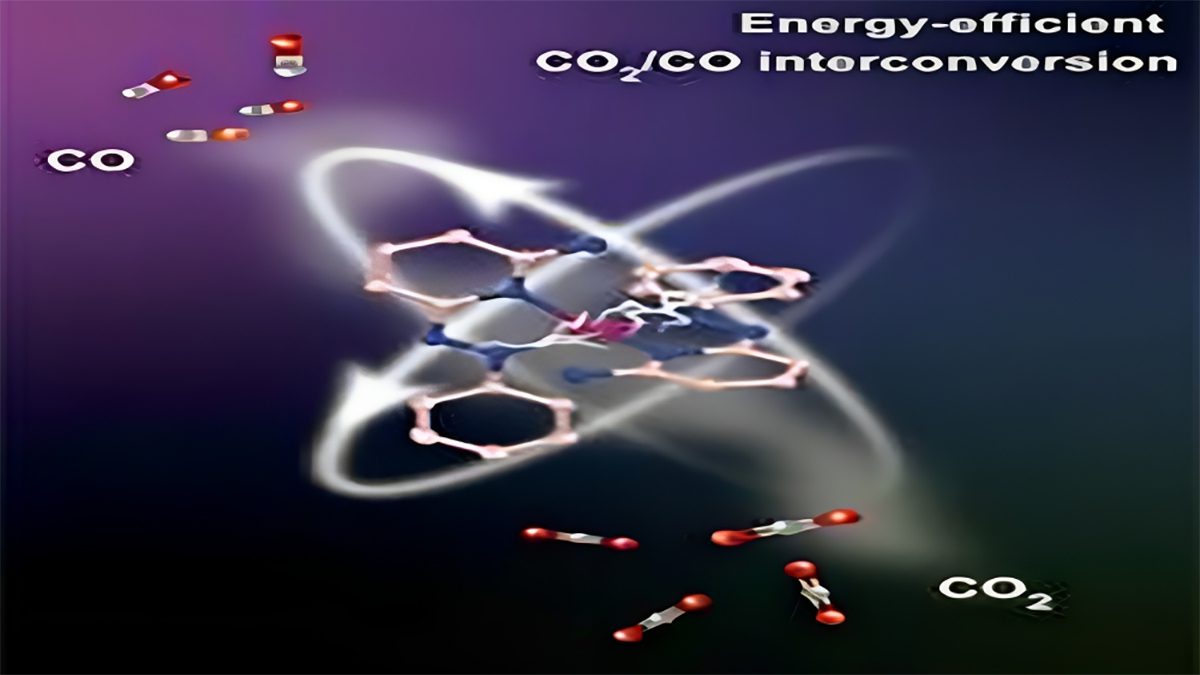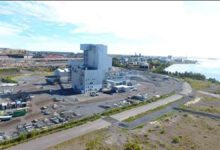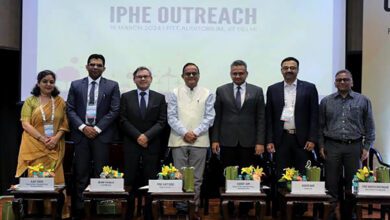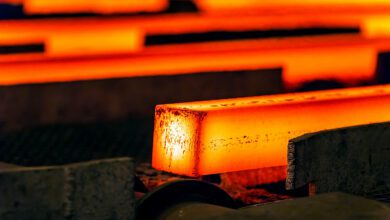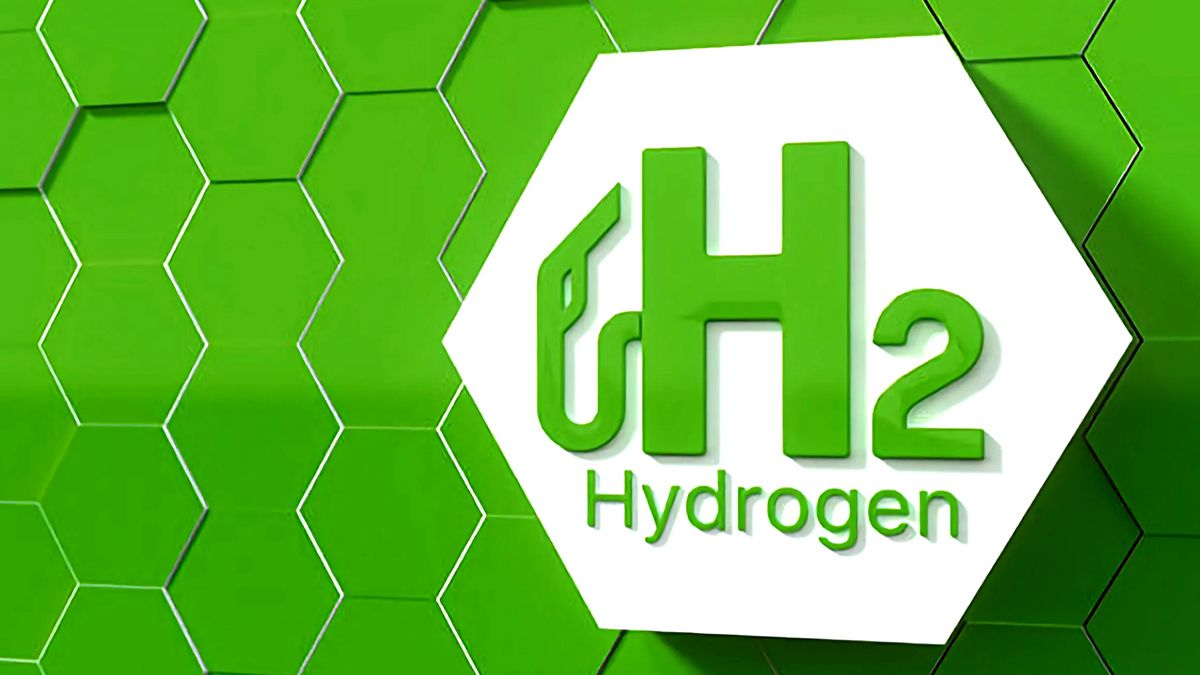In a groundbreaking development, a team of researchers at the National Centre of Excellence in Carbon Capture and Utilization (NCoE-CCU) at the Indian Institute of Technology (IIT) Bombay has patented an innovative technology that promises to revolutionize carbon capture and utilization, particularly in the steel sector. This energy-efficient method converts carbon dioxide (CO2) into carbon monoxide (CO) under electrocatalytic conditions at ambient temperatures in the presence of water, offering a green and cost-effective solution to reduce carbon emissions.
India’s ambitious goal of achieving net-zero emissions by 2070 has prompted significant strides in clean energy and carbon reduction efforts. NCoE-CCU, supported by the Department of Science and Technology (DST), has taken a leading role in developing scalable and affordable methods to capture CO2 emissions from various sources, with a focus on converting this captured CO2 into usable chemicals or storing it permanently – a vital step in mitigating greenhouse gas emissions.
The patent for this CO2-to-CO conversion technology represents a major milestone for environmental conservation. Carbon monoxide, or CO, is widely used in industries, especially in the form of synthesis gas (syngas). In the steel industry, CO plays a crucial role in converting iron ores into metallic iron within blast furnaces. Traditionally, CO is generated through the partial oxidation of coke or coal, a process that results in substantial CO2 emissions. The breakthrough technology by IIT Bombay offers a circular economy solution, reducing the carbon footprint and associated costs.
The current method for converting CO2 to CO operates at high temperatures, ranging from 400 to 750 degrees Celsius, and requires an equivalent amount of hydrogen gas (H2) to drive the reaction forward. This results in an energy-intensive process that contributes to environmental challenges.
The newly developed process by NCoE-CCU at IIT Bombay, on the other hand, requires minimal energy and can occur at ambient temperatures (25-40°C) in the presence of water. Significantly, the energy needed for this electrocatalysis reaction can be sourced directly from renewable energy, such as solar panels or windmills. This carbon-neutral approach ensures a sustainable and environmentally friendly method for converting CO2 to CO.
This technology holds immense promise for a wide range of industrial applications and is currently in the process of scaling up through the newly incubated start-up, UrjanovaC Private Limited. The steel sector, in particular, stands to benefit greatly from this innovation, as it can reduce its carbon emissions and operating costs simultaneously. This breakthrough aligns with the global push towards cleaner and more sustainable industrial processes.
In addition to the CO2-to-CO conversion technology, another aqueous-based CO2 capture and conversion method to produce calcium carbonate is also emerging from the activities of the DST-supported NCoE-CCU. This technology has been licensed to UrjanovaC Private Limited, further strengthening the company’s commitment to advancing environmentally friendly solutions.


